Vintage Tribal Kilim Runner 2' 9" x 11' 3" (33" x 135")
Type:
Kilim RugsCollection:
Tribal RunnersID:
K0077479Size:
Material:
The designs feature a rich array of symbols representing tribal culture and Anatolian motifs, often in the form of medallions, diamonds, and other geometric shapes.
The designs feature a rich array of symbols representing tribal culture and Anatolian motifs, often in the form of medallions, diamonds, and other geometric shapes. These kilim runners are ideal for hallways and narrow spaces, offering a touch of ethnic charm and artisanal quality to any interior.
Herki kilims not only serve as functional floor coverings but also as artistic expressions of tribal identity, making each rug a unique cultural artifact.
Design Elements
- Pattern: The kilim runner features a geometric pattern characterized by repeating diamond shapes, zigzags, and linear forms. These shapes create a dynamic visual rhythm throughout the piece.
- Texture: The flatweave construction of the kilim enhances its texture, resulting in a tactile experience that highlights the craftsmanship behind the rug.
- Borders: The borders are typically defined by solid lines or contrasting colors, framing the central motifs and adding to the structured appearance of the design.
- Symmetry: The symmetrical arrangement of the motifs conveys a sense of balance and harmony, often appealing in decorative applications.
Colors
- Bright Colors: The use of vibrant colors such as reds, blues, yellows, and greens creates an energetic and eye-catching aesthetic.
- Contrast: The juxtaposition of warm and cool colors enhances visual interest and creates depth within the design.
- Palette Cohesion: Despite the variety of colors, there exists a cohesive palette that binds the elements together, making the rug suitable for a range of interior styles.
Main Motifs and Symbolism
- Diamonds: Often represent prosperity and protection, symbolizing a wish for a fruitful life and safeguarding against evil.
- Zigzags: These patterns symbolize water and lightning, reflecting movement and the element of change, vital for survival in nature.
- Lines: Horizontal and vertical lines convey strength and stability, traditionally representing the connections within communities or families.
- Color Significance: Each color holds its meaning, for instance, red may symbolize beauty and love, while blue could represent protection and the heavens.
Summary
The vintage tribal kilim runner showcases intricate geometric designs and a rich color palette that appeals to aesthetics and symbolism. The vibrant colors attract attention while the motifs represent meanings related to prosperity, stability, and protection. Each design element serves to create not just a decorative piece, but also a culturally rich artifact that tells a story through its patterns and hues.
- Ships in 1-4 business days
- Only one in stock, handmade, unique
- Free shipping via FedEx Express. Easy returns
- Contact us or add a note to your order if you want us to delay your shipping.
- Request more info if you want this rug shorter or narrower
Colors may appear slightly different across various monitors due to screen settings device differences, and external lighting conditions. If color accuracy is important for your space, we recommend viewing the rug on multiple devices or contacting us for a detailed color description. We can provide detailed photos and references using Sherwin-Williams, Benjamin Moore, Pantone, or even Crayola crayons.
You can also visualize most of our products in your own room with AR (augmented reality) on an iPhone or iPad.
Return Policy
Need a rug pad? We recommend RugPadUSA
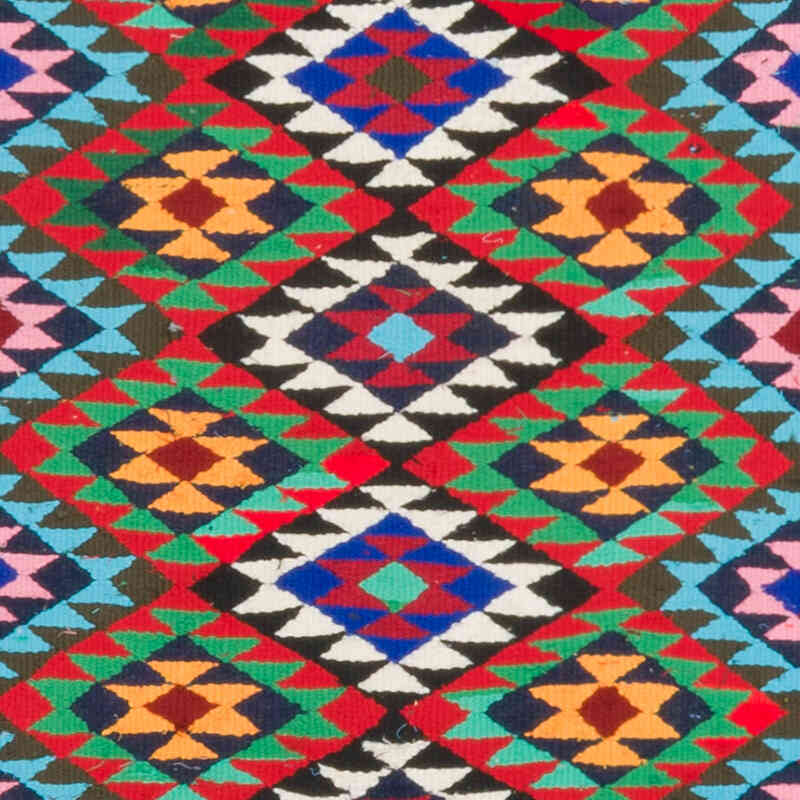
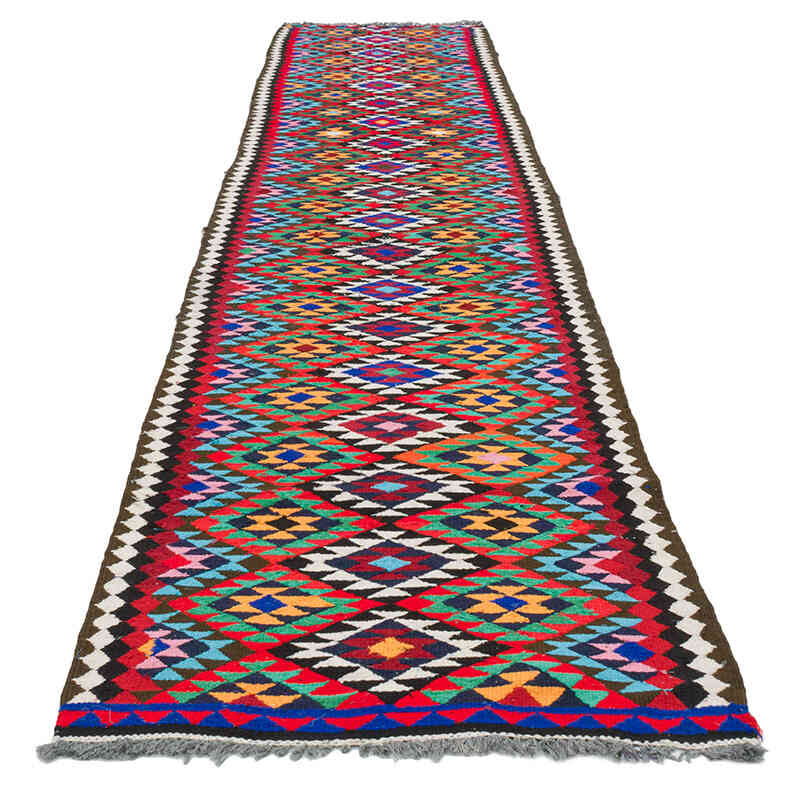
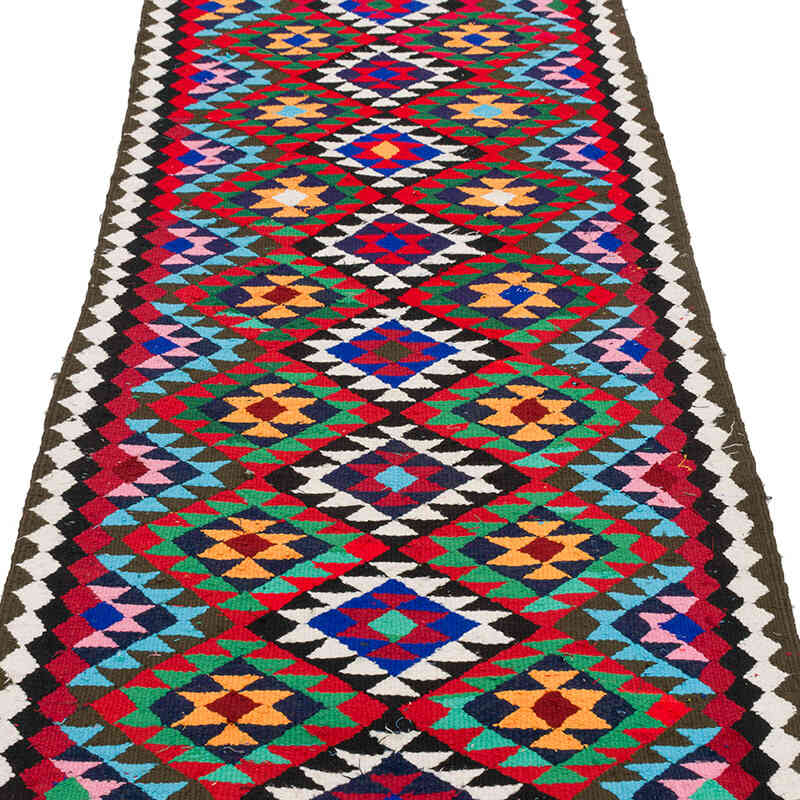
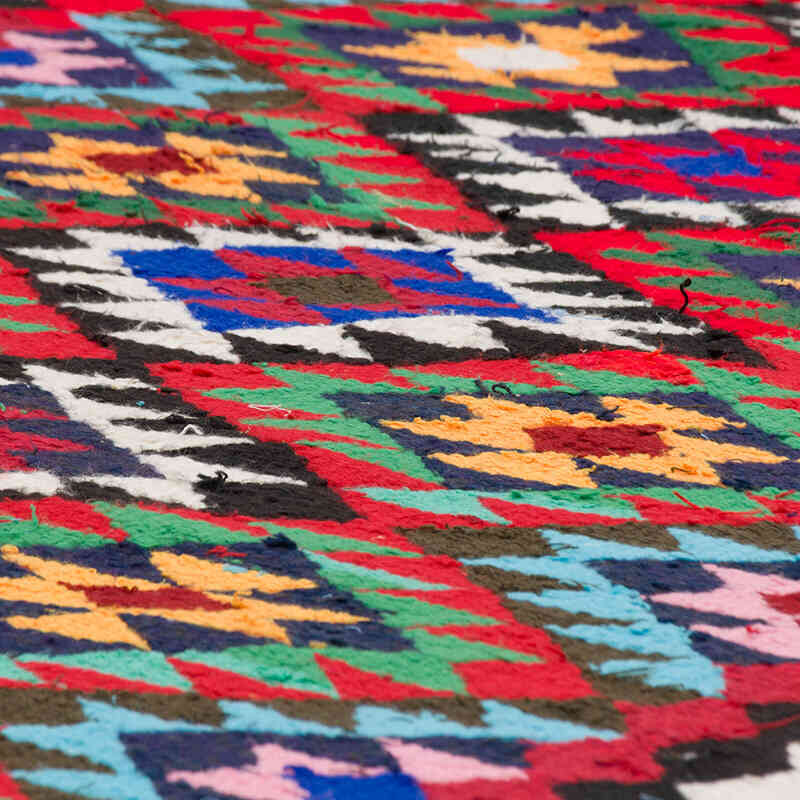
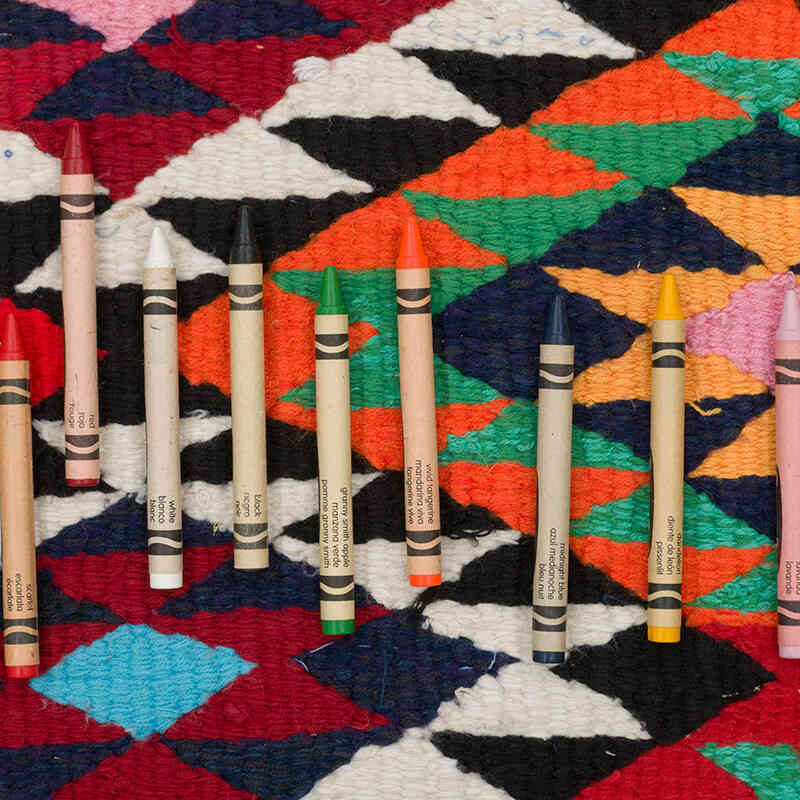
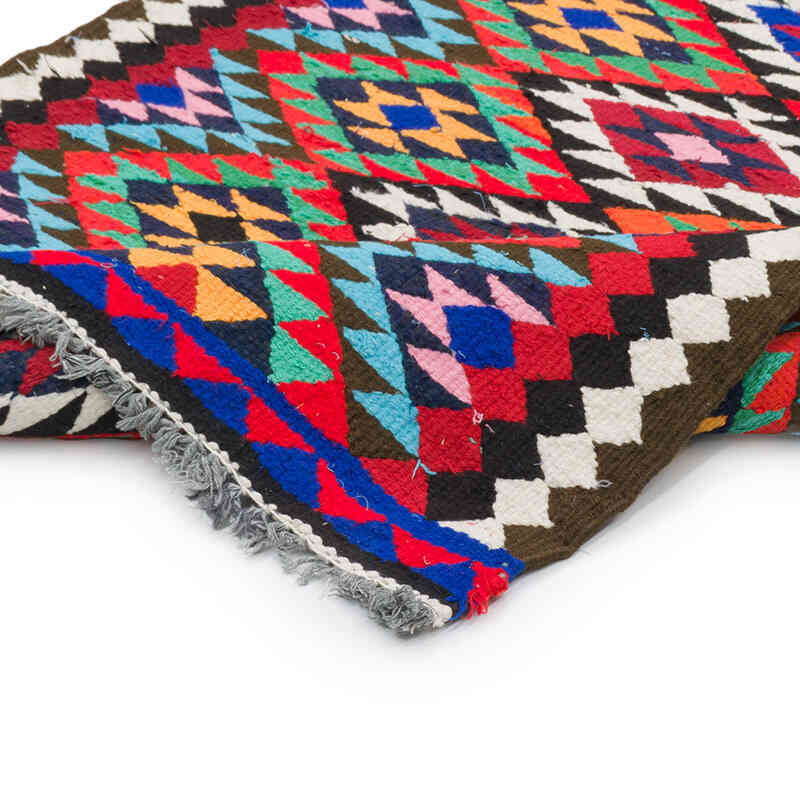
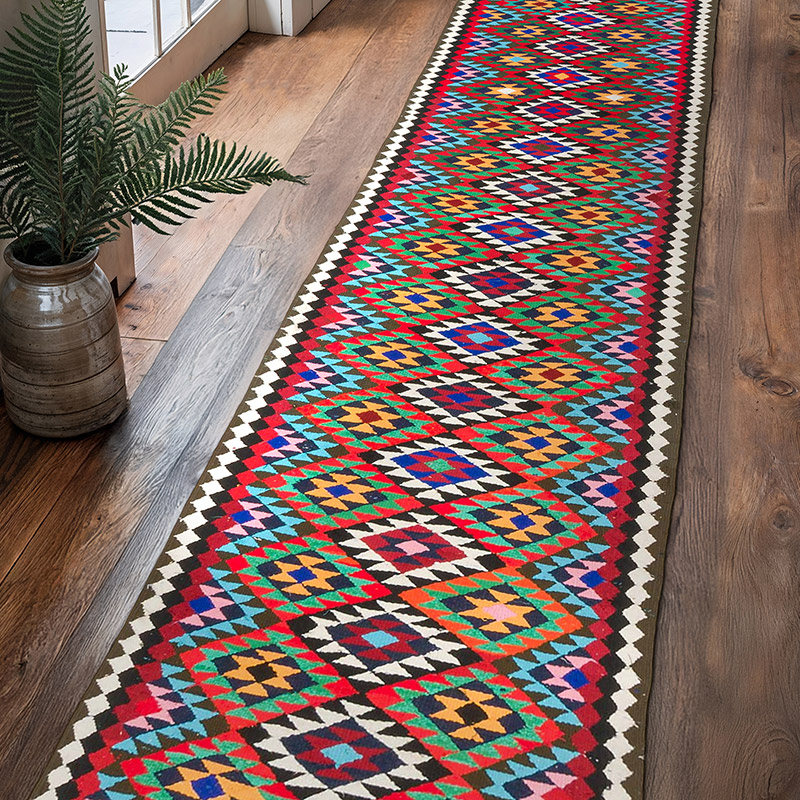


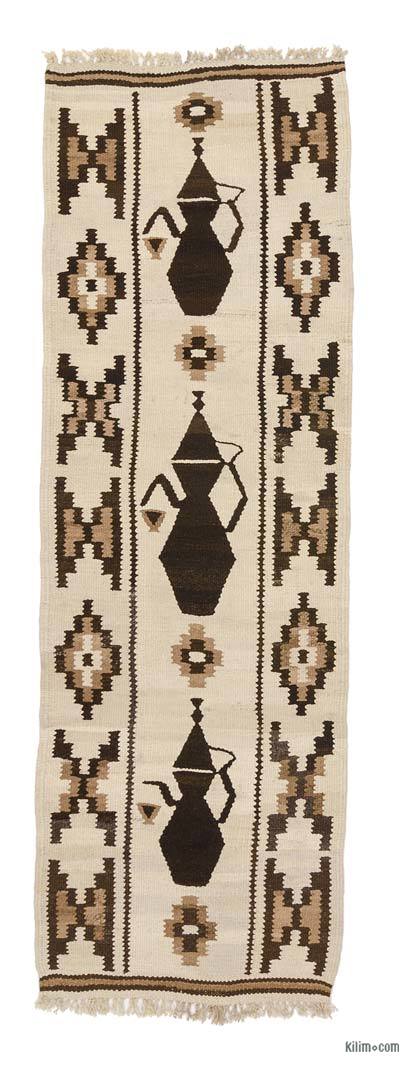
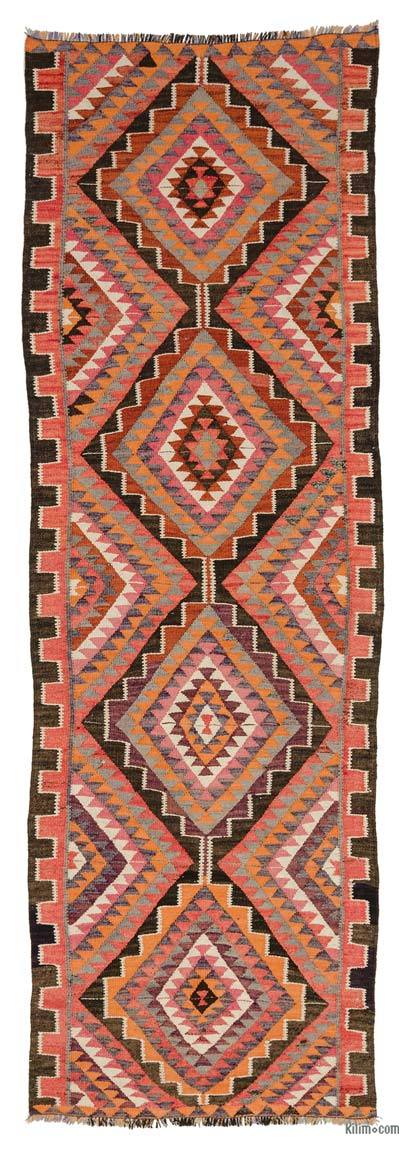

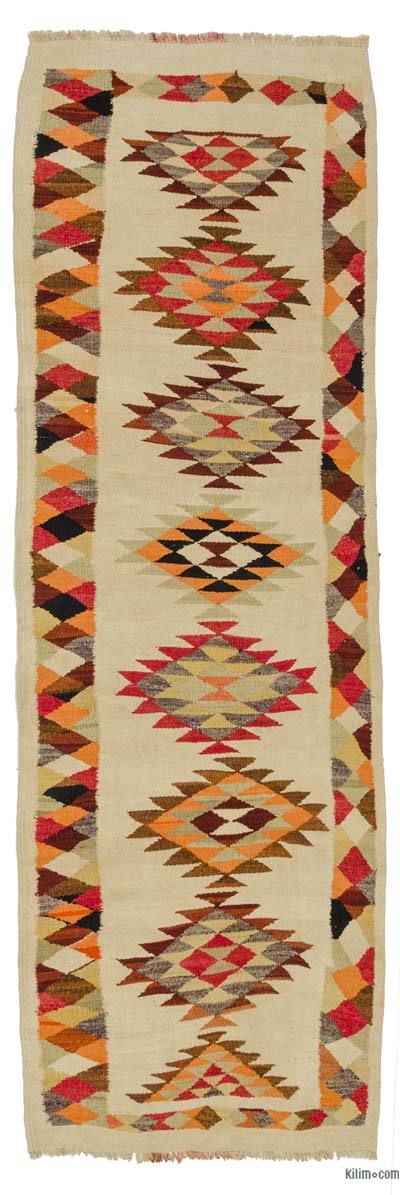


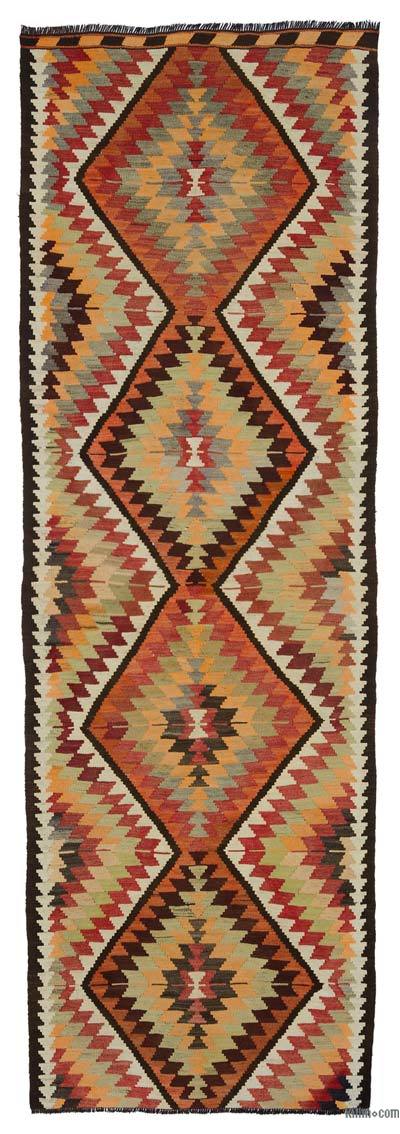







A carpet that adds warmth and beauty to my room